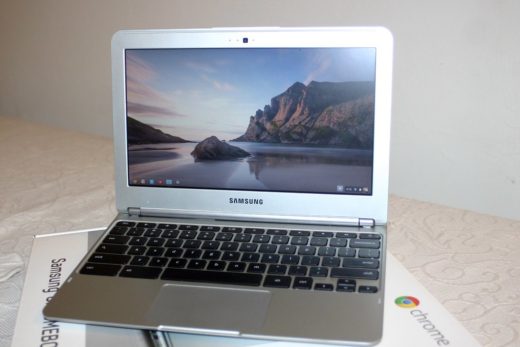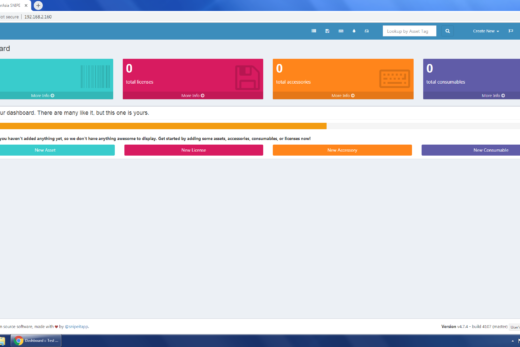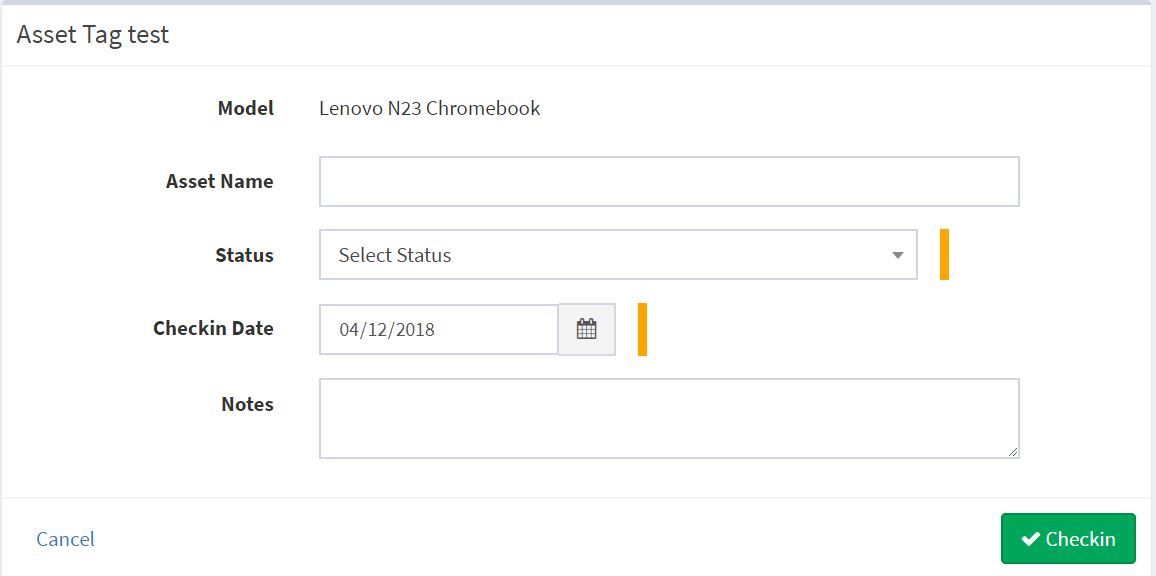You can connect your Chromebook to a monitor or TV with an HDMI, DisplayPort, DVI, or VGA port.
Show your Chromebook screen on your monitor
- At the bottom right, select the time.
- Select Settings
.
- In the “Device” section, select Displays.
- Select Mirror Built-in Display. This option will appear when your monitor is connected.
Tip: To view your Chromebook screen only on your monitor, press and hold Decrease brightness.
Adjust your screens
- At the bottom right, select the time.
- Select Settings
.
- In the “Device” section, select Displays.
- To adjust your Chromebook screen, select Built-in Display. To adjust your monitor screen, select the name of the monitor.
- Make items on your screen smaller or larger: In the “Display size” section, choose an option.
- Rotate the screen: In the “Orientation” section, choose an option.
- [Optional] Under your monitor tab, you can also:
- Change screen sharpness: In the “Resolution” section, choose an option.
- Change frequency of screen updates: Choose a higher refresh rate to refresh content on the screen faster.
Tip: To quickly move windows or apps from one screen to another, on your keyboard, press Search + Alt + m or Launcher
+ Alt + m.
Use an adapter to connect your Chromebook to a monitor
Sometimes you need an adapter cable to connect your Chromebook to a monitor. To learn what type of cable you need, check the instructions included with your Chromebook.
- Find the display output and input ports on your Chromebook. (If you’re not sure which ports to use, check the instructions included with your Chromebook.)
- Use these two ports to find the correct adapter (ex. DisplayPort to HDMI).
- Plug the adapter into the monitor, then into your Chromebook.
Use an HDR display or monitor
Some Chromebooks have high dynamic range (HDR) displays or support HDR through HDR-capable external monitors. If your Chromebook or external monitor doesn’t support HDR, videos will play in standard dynamic range (SDR).



